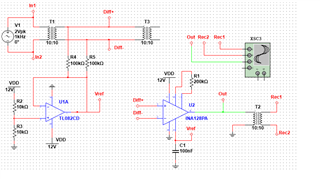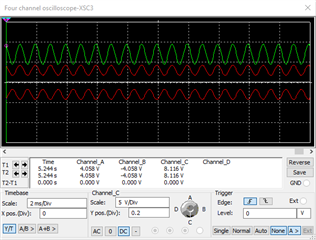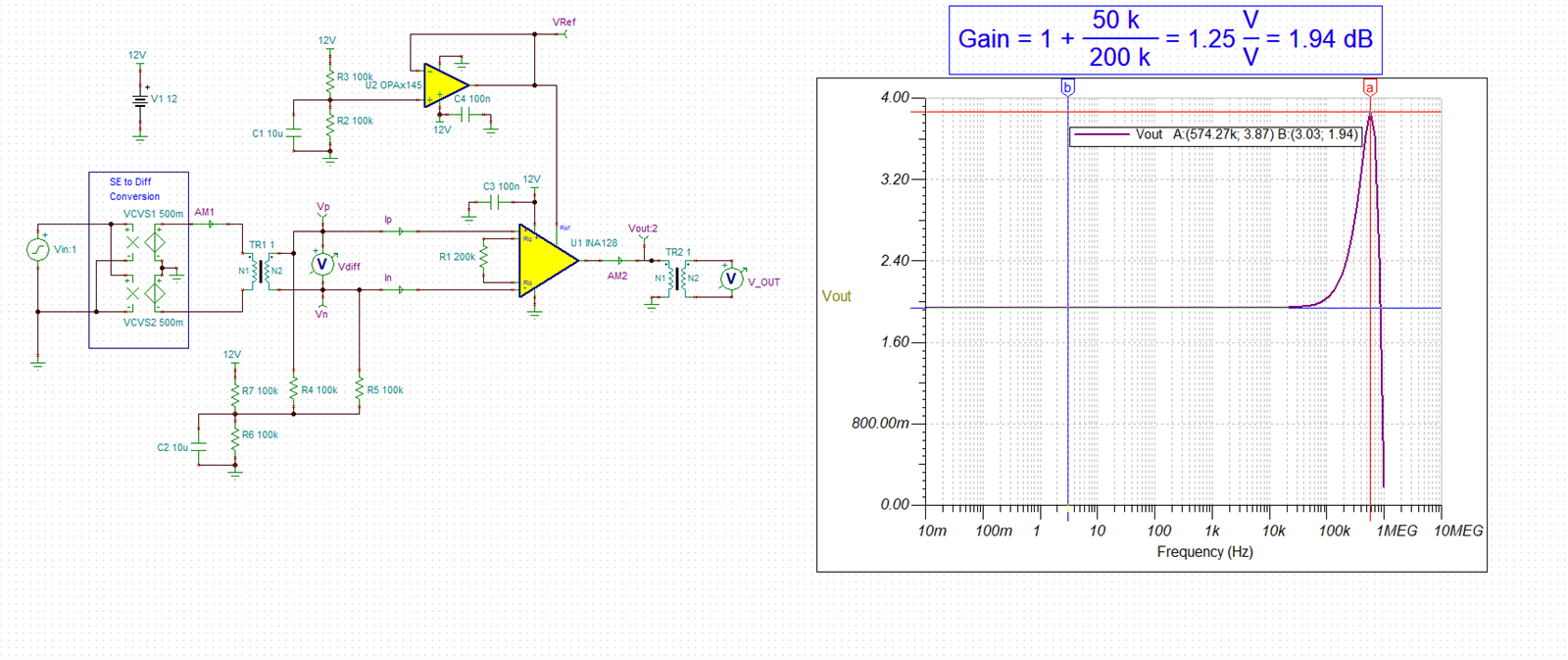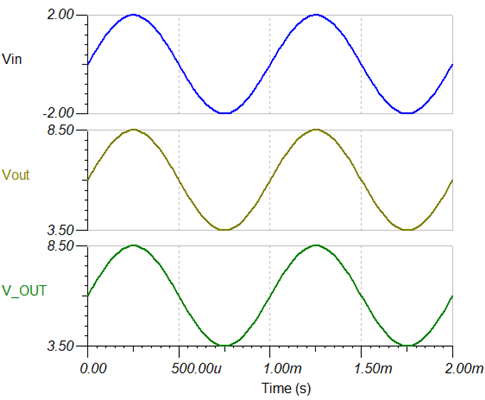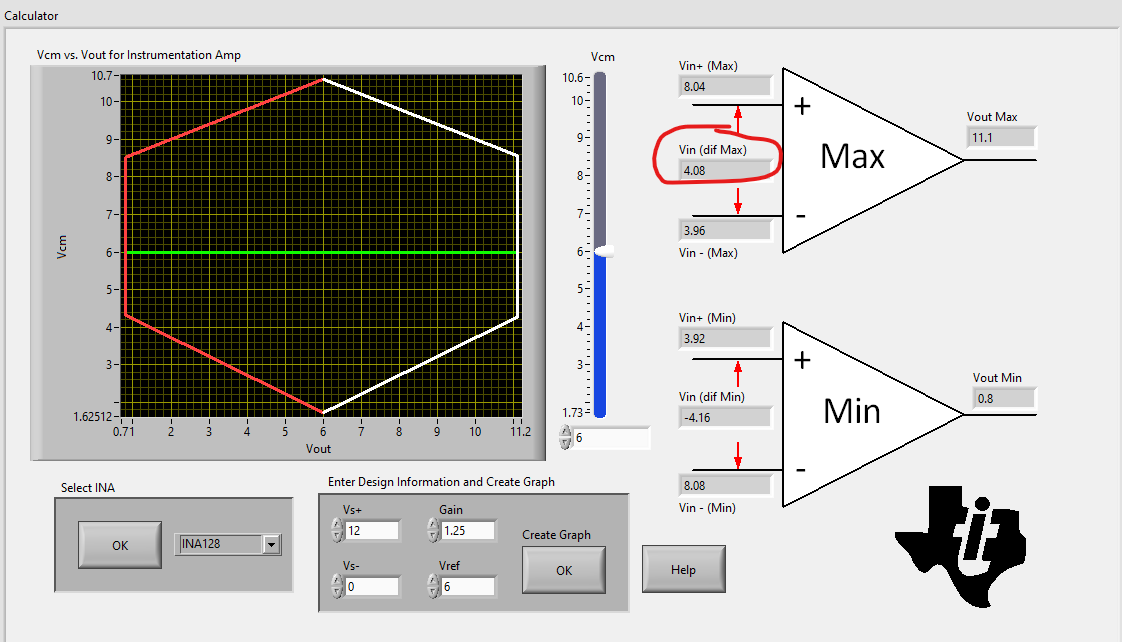Good morning Sir
I would like to monitor a floating audio signal (the signal exists on the common part of 2 transformer)
Because I want to use only 12VDC single supply, I made the midpoint Vref by using 2 resistors R2 and R3, buffered by U1A and use this Vref for the ref pin of INA128. I also use R4 and R5 as the return path for 2 inputs of INA128. Simulating this circuit on MultiSim, it seems evrything is OK but I am not sure about the value of R2, R3, R4 and R5.
Can you help me with some advice?
Thak you and best regards,
Tuan Tran